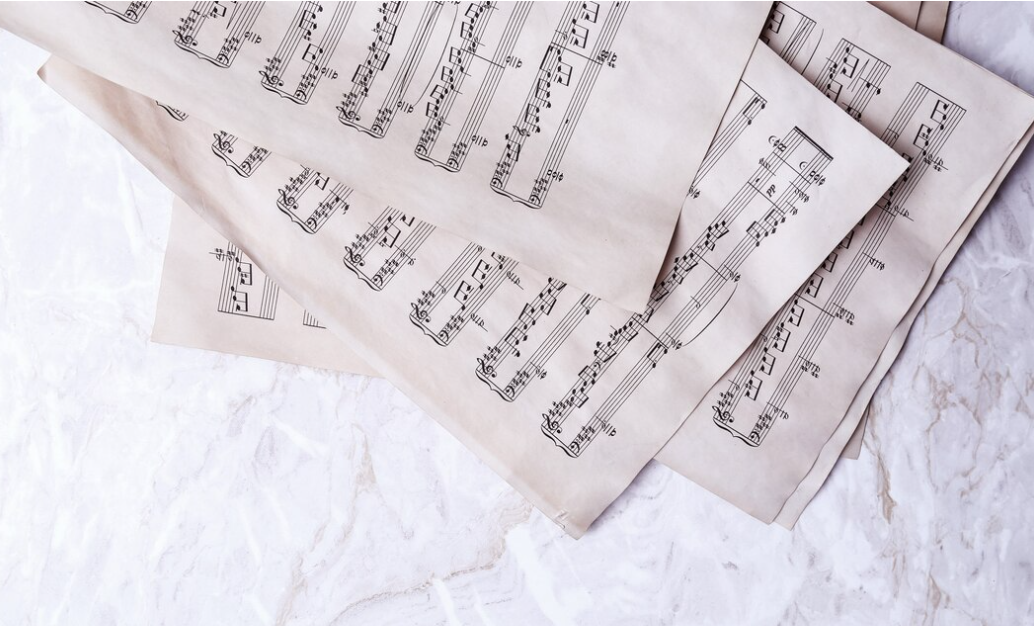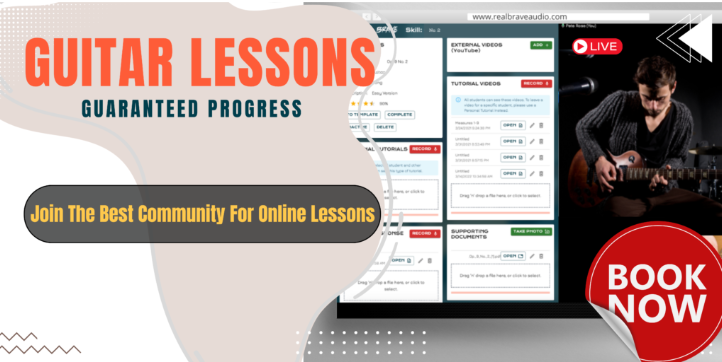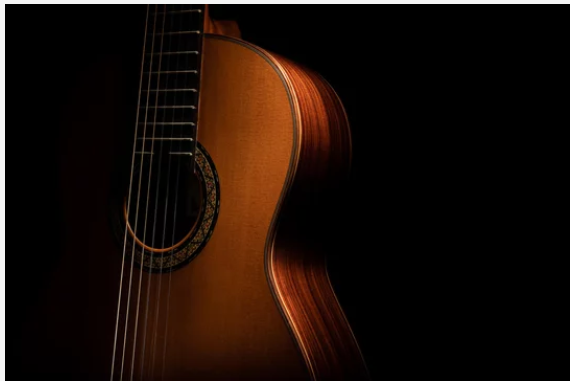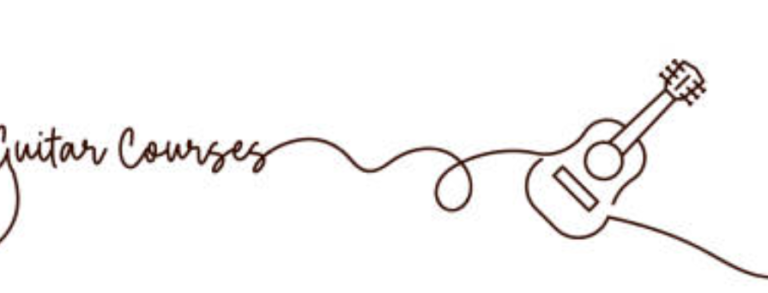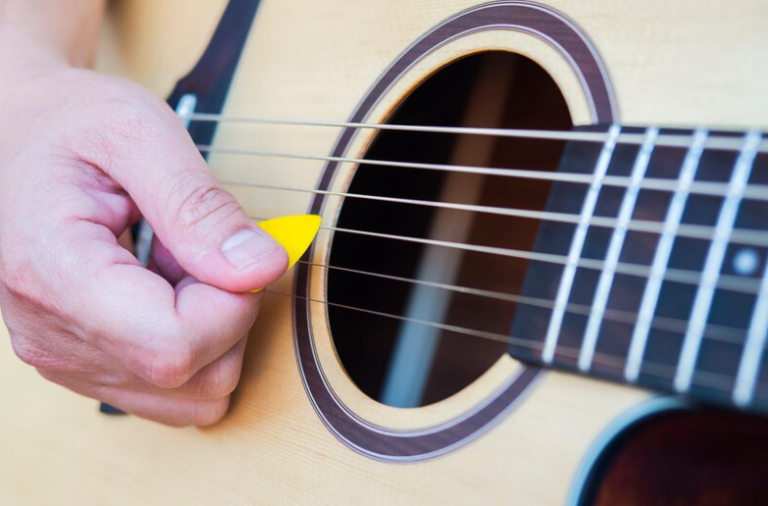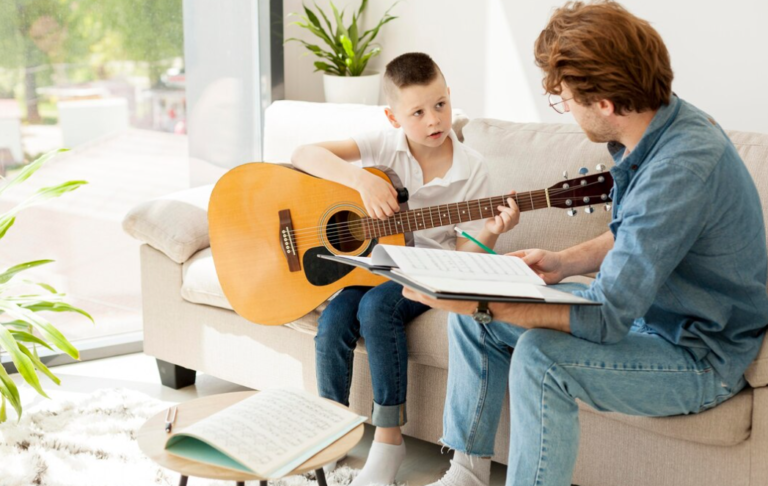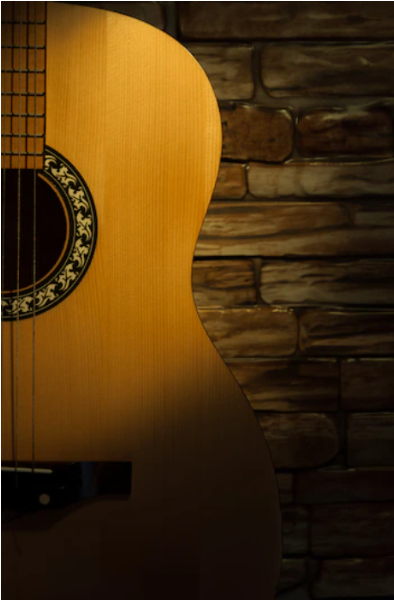Fundamentals Of The Major Scale
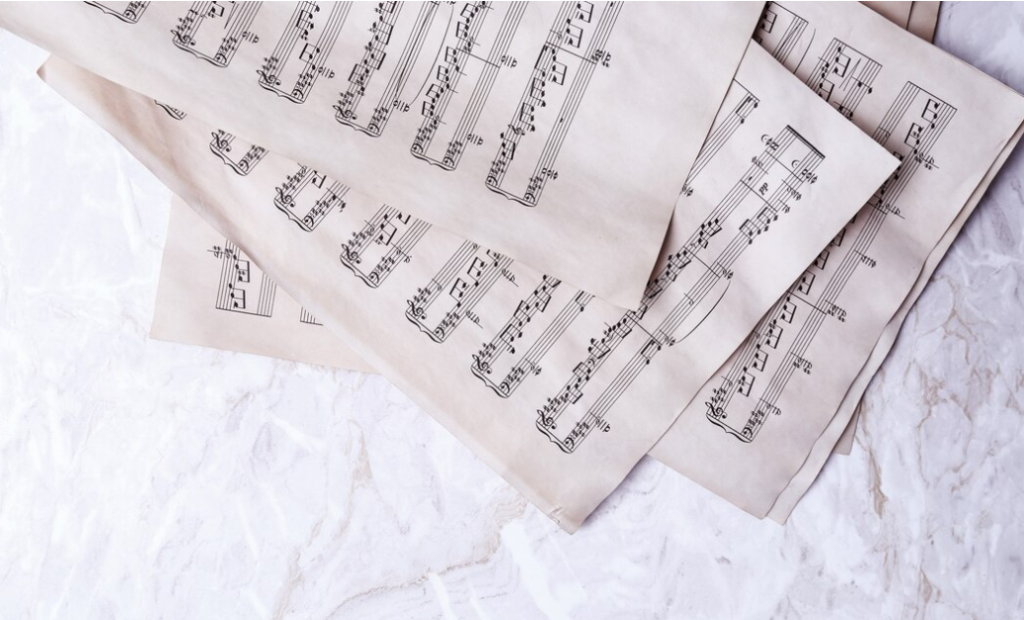
The major scale is like the holy grail of music theory. It’s the bread and butter of melodies and harmonies in pretty much every genre out there. If you’re serious about playing guitar, you gotta wrap your head around it. So, in this lesson, we’re going to break down the major scale: what it’s made of, how it works, and most importantly, how to rock it on your guitar fretboard. Let’s dive in head first in the shallow end!
Theory of the Major Scale
The major scale is made of seven unique notes arranged in a specific pattern of whole steps (W) and half steps (H). This pattern, known as the major scale formula, consists of the following intervals:
W-W-H-W-W-W-H
Which goes: Whole – Whole – Half – Whole – Whole – Whole – Half
If you this formula starting from any note, you can construct a major scale in that key.

Using this pattern with the G major scale from above, you can see how the scale is built:
- From G to A is one whole step, or two half steps (2 semitones) (G – G# – A)
- From A to B is one whole step, or two half steps (A – A# – B)
- From B to C is one-half step (B – C)
- From C to D is one whole step (C – C# – D)
- From D to E is one whole step (D – D# – E)
- From E to F# is one whole step (E – F – F#)
- From F# to G is one half step (F# – G)
Patterns and Positions on the Guitar Fretboard
If you wanna bust out the major scale on the guitar, you gotta get cozy with its pattern on the fretboard. Each note in the major scale lines up with a particular fret on each string, following this sequence of whole steps and half steps laid out by the major scale formula.
By jamming out the major scale pattern in different spots and keys, you’ll start to groove with it and build up your guitar chops, making it super easy to weave the scale into your playing like a pro. And hey, for our next sections, we’ll stick with the G major as our example.
Position 1

Beginning with that G note on the 3rd fret of the 6th string, just work your way through each note of the scale, going up the fretboard (ascending) and then back down to where you started (descending). Don’t forget to hit that F# on the 6th string too! It’s a good habit to kick things off and wrap up with that root note, but make sure you hit all the notes in between too.
Oh, and keep an eye out for those root notes marked in the middle diagram for each position. They’re like your guideposts for cruising through different scale positions. In Position 1, you’ll notice three root notes forming a neat little triangle shape on the fretboard. That’s your ticket to scale navigation right there!
Position 2

Here, you’ll find those root notes chilling out on strings 4 and 2. So, this position is keeping it simple with just two root notes. Just like in position 1, start jamming out the scale from one of those root notes, and make sure you hit all the notes going up and down.
Now, check out how this position links up with position 1 through those notes on frets 4 and 5. Even though the actual fret numbers might change depending on the key you’re in, the connection remains the same. Position 1 will always hook up with position 2 using those same note intervals. It’s like a musical highway that’s always got the same exits!
Position 3

You’ll find two root notes hanging out on the 2nd and 5th strings this time around. Keep an eye out for those root note patterns—they’re like little breadcrumbs guiding you through the scale.
And hey, notice how this position links up with the second position above? It’s all about those connecting notes, making it easier to navigate the fretboard like a pro.
Position 4

Let’s keep climbing up the fretboard to position 4. Once again, you’ll spot two root notes hanging out on the 3rd and 5th strings. Now, with that p4 note on the 6th string, the fourth position of the major scale covers a bunch of frets (five, to be exact). You could skip over this note if you’re feeling lazy.
Oh, and don’t forget to check out those suggested fingerings when shifting positions—it’ll make your life a whole lot easier!
Position 5

Just like in position one, we’ve got three root notes hanging around here because two of them decided to chill on the 6th and 1st strings. And hey, this position throws in a little surprise with a position shift, so make sure you check out those suggested fingerings to navigate it smoothly. You don’t want to trip up on those fretboard acrobatics, right?
Applications and Musical Context
The major scale is like the holy grail of music theory. Once you’ve got this bad boy down, you’ll unlock a whole world of chord magic, harmony tricks, and melody secrets. You’ll start seeing how chords are cooked up from different scale degrees, how those sweet chord progressions are crafted, and how melodies come to life within a specific key. This stuff isn’t just for show, either—it’s gold for songwriting, jamming out killer solos, and expressing yourself on the guitar like a true rockstar. Trust me, mastering the major scale is the key to unlocking your musical superpowers!
So to wrap it up, learning the major scale on guitar is like leveling up in your musical quest. It’s gonna equip you with all the gear and know-how you need to conquer the wild world of music theory and guitar shredding. Once you’ve got that major scale pattern down pat, you’ll open up a whole universe of creative opportunities and take your playing to epic new levels. So grab your guitar, strap in, and get ready to embark on the ultimate musical adventure! It’s gonna be one heck of a ride!
Interested in taking your guitar skills to the next level? Click the below and book a free lesson with us! We’re committed to helping you express yourself freely on the guitar without endless scales and theory. Happy playing!
Author: Daniel Powers Jr, the founder of Real Brave™, serves as the chief inspiration to thousands of students in the Real Brave music instruction program. He’s also the visionary behind PracticePad™, an online platform for live one-on-one online music lessons, lesson tracking, and scheduling. Beyond his entrepreneurial pursuits, Daniel leads a non-profit organization that provides formerly homeless children with access to music education, making a profound impact on their lives. His unwavering dedication to music, innovation, and education continues to inspire individuals to reach their fullest potential while creating positive change in communities. Follow Real Brave on all the socials:
youtube.com/@realbraveinc
twitter.com/realbraveinc
instagram.com/realbraveaudio
facebook.com/realbraveinc
